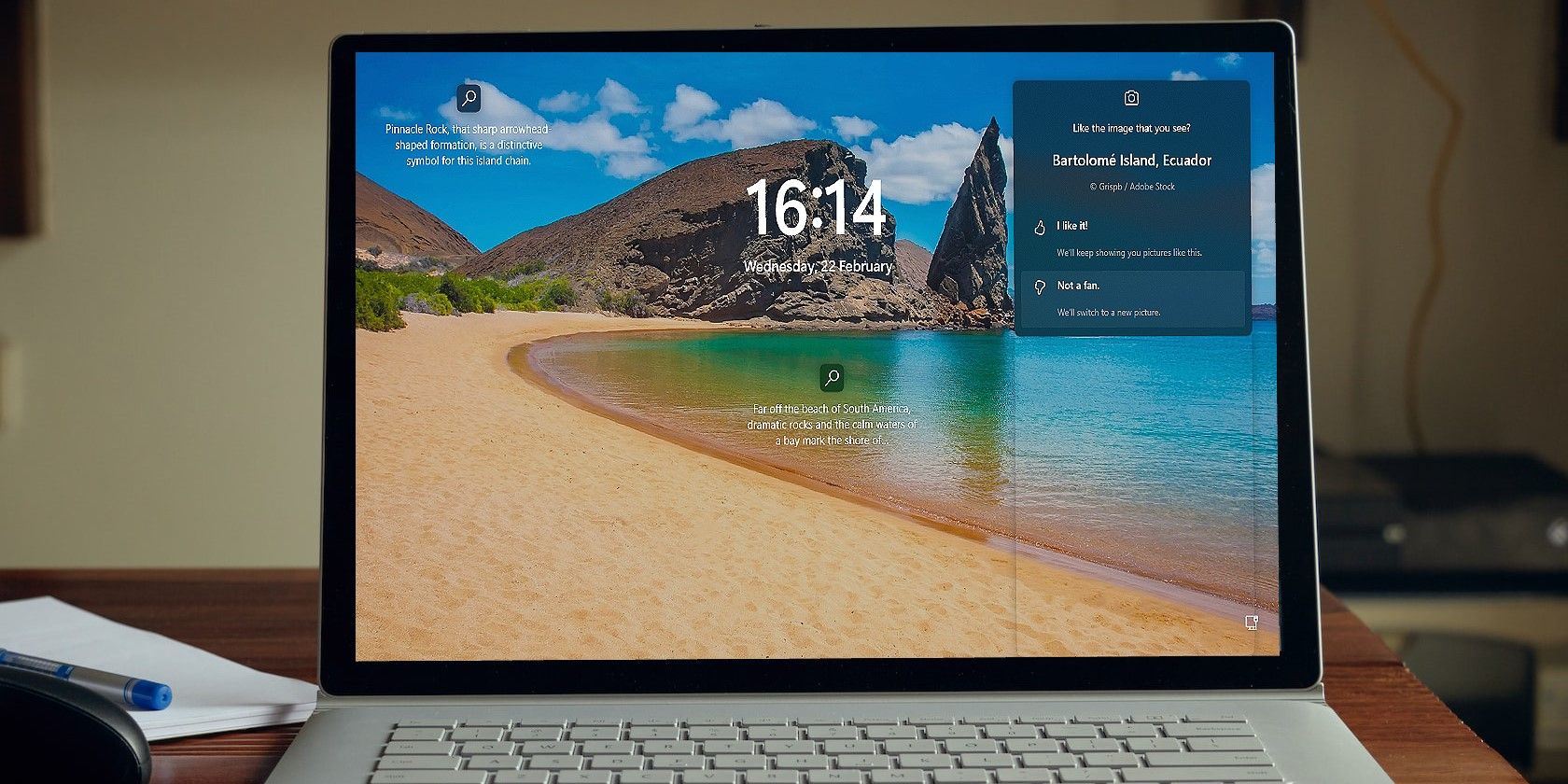
Understanding Thin Content: Definition & Strategies to Boost Your Site's SEO

Understanding Thin Content: Definition & Strategies to Boost Your Site’s SEO
Disclaimer: This post includes affiliate links
If you click on a link and make a purchase, I may receive a commission at no extra cost to you.
Thin content
Contents
Definition
Thin content refers to web pages that have little or no value to users. Thin content is often low-quality, poorly written, or copied from other sources. It may also be created with the primary purpose of manipulating search engine rankings or driving traffic to a website, rather than providing value to users.
Google Webmaster Guidelines state that webmasters should “avoid creating pages with little or no original content[1] “. Websites with a large number of thin or low-quality pages may be penalized by search engines, which can lead to a decrease in search rankings and a decline in traffic.
Examples
Some examples of thin content include:
- Doorway pages: Pages that are created specifically for the purpose of ranking for a particular keyword or phrase, but that do not provide any value to users beyond the initial landing page.
- Automatically generated content of low quality: Pages that are created by software rather than by human authors, and that often have little or no value to users.
- Scraped content: Pages that are copied or republished from other sources without adding any value or context.
- Thin affiliate pages: Pages that are created solely for the purpose of promoting affiliate products or services, and that do not provide any useful information or resources to users.
How to avoid thin content issues
To avoid creating thin content, it is important to focus on creating high-quality, useful, and original content that meets the needs and interests of your target audience. This will not only help to improve the user experience, but it can also help to improve the SEO performance of your website.
Thin content and SEO
Thin content refers to pages that have very little content and provide little or no value to the user. Google may consider thin content to be a soft 404 , which means that the page is not a true 404 error page but rather a page that returns a 200 OK status code but has no content or very little content. This can occur when a page is created with the intention of ranking for a specific keyword , but the page has no real content on it. Google may consider these pages to be deceptive and may penalize the website in the search rankings. It is important to ensure that all pages on a website have valuable and relevant content in order to provide a good user experience and avoid any potential penalties.
Google may impose penalties on websites that have thin content, as it can be a sign of low-quality or spammy practices. These penalties can take the form of reduced search engine rankings or complete removal from search results. It is important to create and publish high-quality content on your website to avoid any potential penalties from Google. If you believe that your website has been penalized for thin content, you can use Google Search Console to identify any issues and take steps to address them. You may also want to consider hiring an SEO expert to help you improve the quality and relevance of your content.
Related links
The 8-Step Process for Full Website Content Audit
How to Rank Your Content: SEO Writing Checklist
Content Pruning and How It Helps Your SEO - Thin content
References
1. https://developers.google.com/search/docs/essentials/spam-policies
Also read:
- [New] YouTube’s Most-Watched Wonders The Ultimate Guide
- [Updated] In 2024, Optimize Your Videos The Quick Thumbnail Guide
- 3 Facts You Need to Know about Screen Mirroring Infinix Note 30i | Dr.fone
- 4 Proven Strategies to Transform Your Email List Into Revenue with MassMail Solutions
- Asus VG245H 24-Inch Monitor Review
- Comprehensive Analysis of International Email Promotion Trends in 2009-2010 - Featuring Massmail Solutions
- Elevate Your SEO Game with Premier Digital Marketing Tools for Unmatched Ranking Success
- Harnessing Emotional Discipline for Sustained Profits: Using Trade Copier on MetaTrader 4 & 5 Platforms
- In 2024, Building Blocks to Brilliance Crafting Circles and Spheres in MC
- In 2024, Full Guide on Mirroring Your Samsung Galaxy F14 5G to Your PC/Mac | Dr.fone
- In 2024, How To Track IMEI Number Of Xiaomi Redmi K70 Pro Through Google Earth?
- In 2024, Unlock Your Itel P55 Phone with Ease The 3 Best Lock Screen Removal Tools
- Quick Troubleshooting Steps for Genshin Impact Boot Issues
- Récupération De Fichiers Innovante: Alternatives À Puran Pour Les Utilisateurs De 2024
- Resetting Graphics Drivers to Original Configuration with YL Software Tutorial
- The Role of Risk Capacity in Forex Strategies - Essential Guide for MT4 Users
- The Ultimate Guide to Picking a Quality MT4 Duplication Tool for Forex Traders
- Überträgen Von iPhone-Filmen Auf Einen PC Unter Windows 11/10: Top-Strategien
- Топ-5 Искусных Агентств По Оптимизации Для SEO В Городе Доха, Катар
- Title: Understanding Thin Content: Definition & Strategies to Boost Your Site's SEO
- Author: Stephen
- Created at : 2025-03-01 17:46:30
- Updated at : 2025-03-03 17:14:00
- Link: https://win-extraordinary.techidaily.com/understanding-thin-content-definition-and-strategies-to-boost-your-sites-seo/
- License: This work is licensed under CC BY-NC-SA 4.0.